| __timestamp | Stanley Black & Decker, Inc. | Westinghouse Air Brake Technologies Corporation |
|---|---|---|
| Wednesday, January 1, 2014 | 174600000 | 61886000 |
| Thursday, January 1, 2015 | 188000000 | 71213000 |
| Friday, January 1, 2016 | 204400000 | 71375000 |
| Sunday, January 1, 2017 | 252300000 | 95166000 |
| Monday, January 1, 2018 | 275800000 | 87450000 |
| Tuesday, January 1, 2019 | 240800000 | 209900000 |
| Wednesday, January 1, 2020 | 200000000 | 162100000 |
| Friday, January 1, 2021 | 276300000 | 176000000 |
| Saturday, January 1, 2022 | 357400000 | 209000000 |
| Sunday, January 1, 2023 | 362000000 | 218000000 |
| Monday, January 1, 2024 | 0 | 206000000 |
Data in motion
In the ever-evolving landscape of industrial innovation, research and development (R&D) spending is a key indicator of a company's commitment to future growth. Over the past decade, Stanley Black & Decker, Inc. and Westinghouse Air Brake Technologies Corporation have demonstrated contrasting approaches to R&D investment. From 2014 to 2023, Stanley Black & Decker consistently outpaced its counterpart, with R&D expenses growing by over 100%, peaking in 2023. In contrast, Westinghouse Air Brake Technologies saw a more modest increase of approximately 250% during the same period. Notably, 2019 marked a significant year for Westinghouse, with a dramatic surge in R&D spending, nearly tripling from the previous year. This data underscores the strategic priorities of these industrial titans, highlighting Stanley Black & Decker's aggressive innovation strategy compared to Westinghouse's more measured approach.
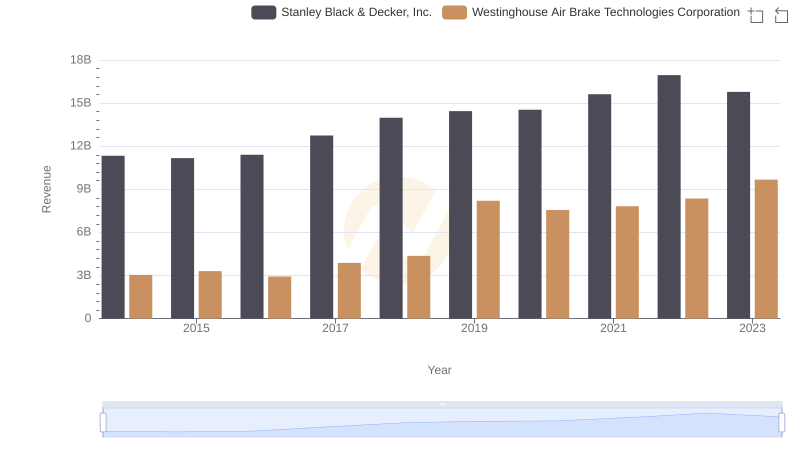
Westinghouse Air Brake Technologies Corporation vs Stanley Black & Decker, Inc.: Examining Key Revenue Metrics
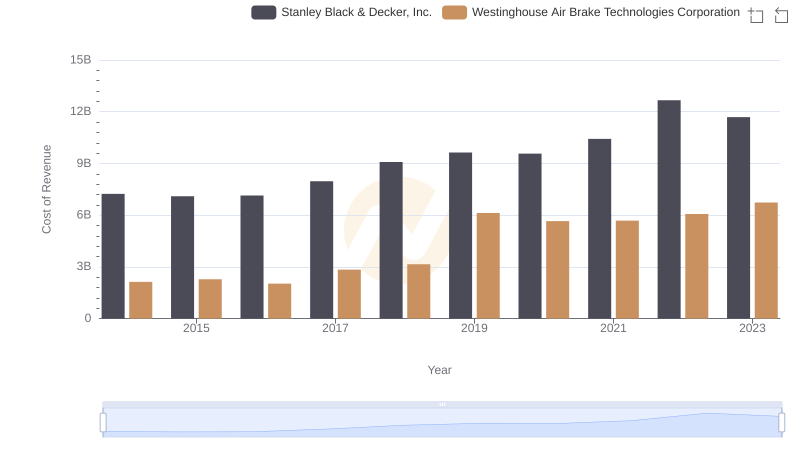
Cost of Revenue Trends: Westinghouse Air Brake Technologies Corporation vs Stanley Black & Decker, Inc.
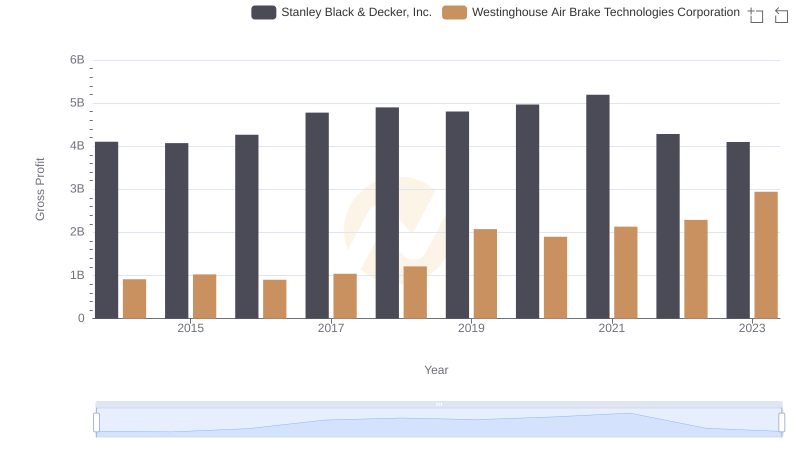
Who Generates Higher Gross Profit? Westinghouse Air Brake Technologies Corporation or Stanley Black & Decker, Inc.
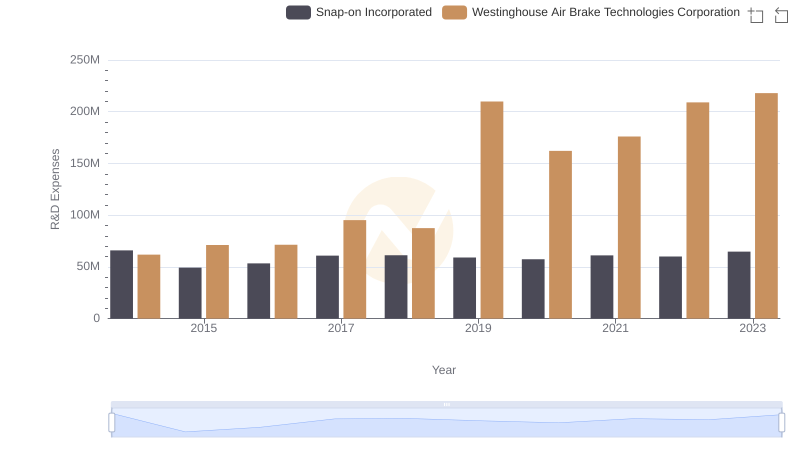
R&D Insights: How Westinghouse Air Brake Technologies Corporation and Snap-on Incorporated Allocate Funds
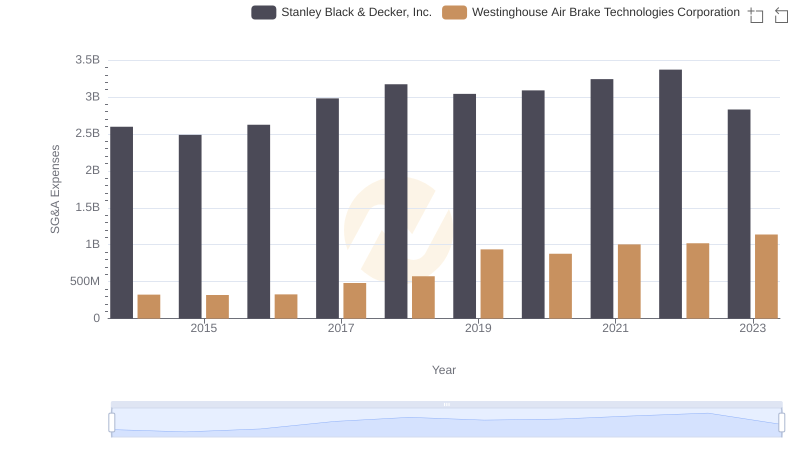
Who Optimizes SG&A Costs Better? Westinghouse Air Brake Technologies Corporation or Stanley Black & Decker, Inc.
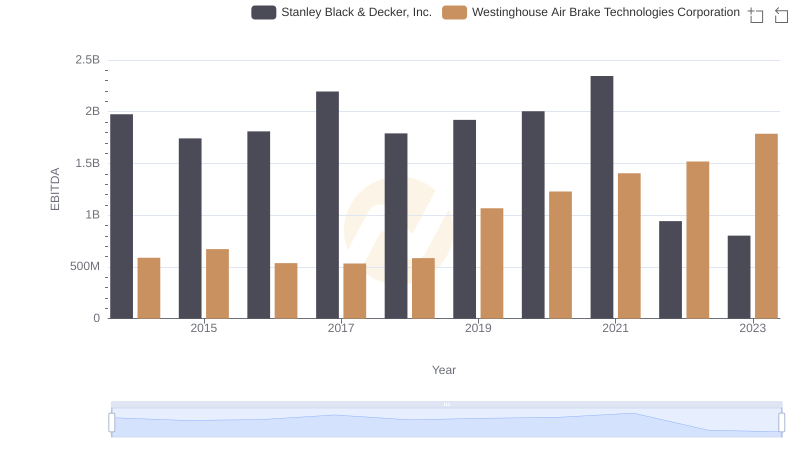
Comparative EBITDA Analysis: Westinghouse Air Brake Technologies Corporation vs Stanley Black & Decker, Inc.
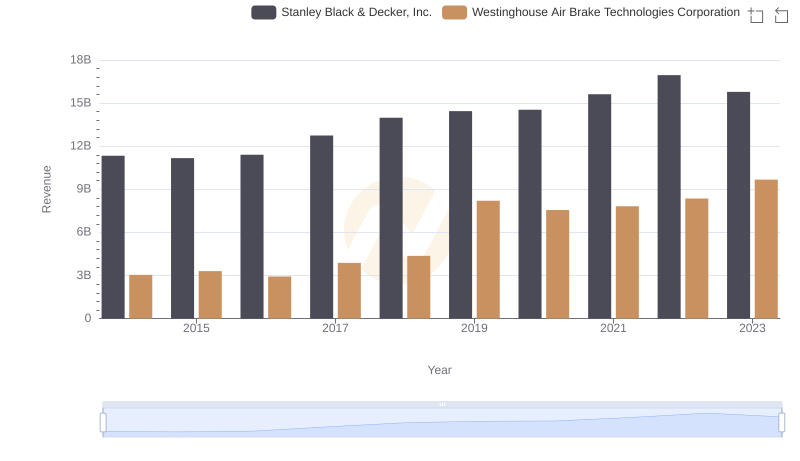
Breaking Down Revenue Trends: Westinghouse Air Brake Technologies Corporation vs Stanley Black & Decker, Inc.
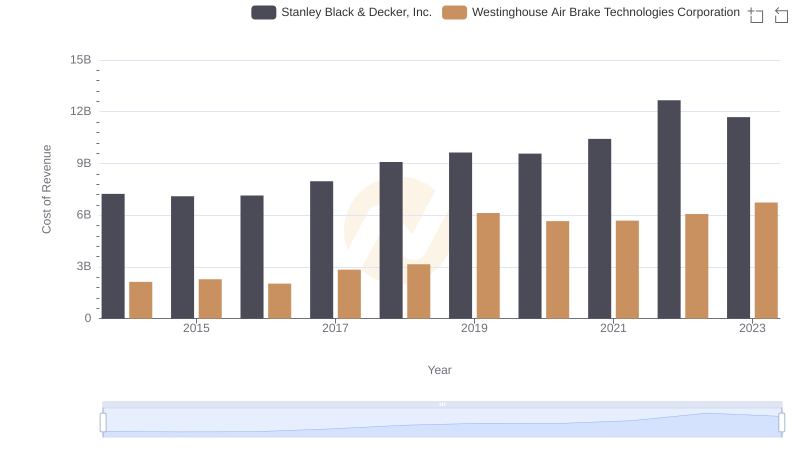
Cost of Revenue Comparison: Westinghouse Air Brake Technologies Corporation vs Stanley Black & Decker, Inc.
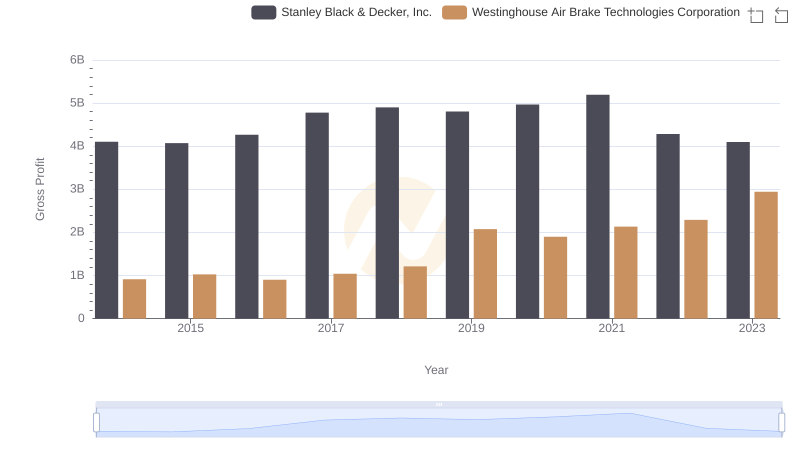
Who Generates Higher Gross Profit? Westinghouse Air Brake Technologies Corporation or Stanley Black & Decker, Inc.

Westinghouse Air Brake Technologies Corporation vs Stanley Black & Decker, Inc.: Strategic Focus on R&D Spending
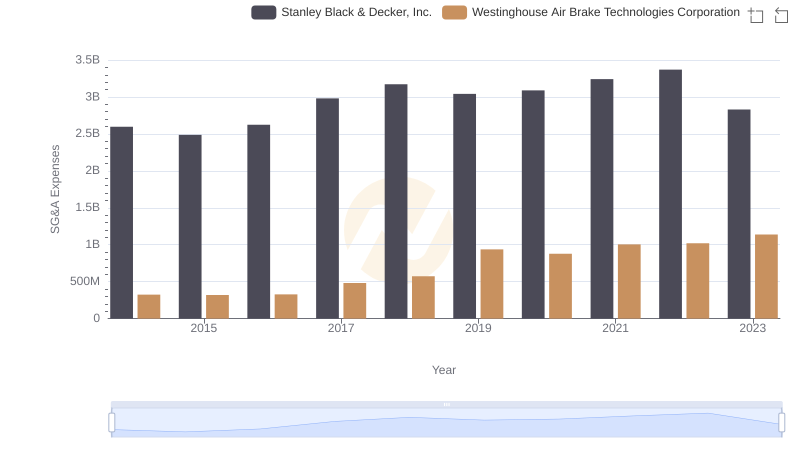
Selling, General, and Administrative Costs: Westinghouse Air Brake Technologies Corporation vs Stanley Black & Decker, Inc.
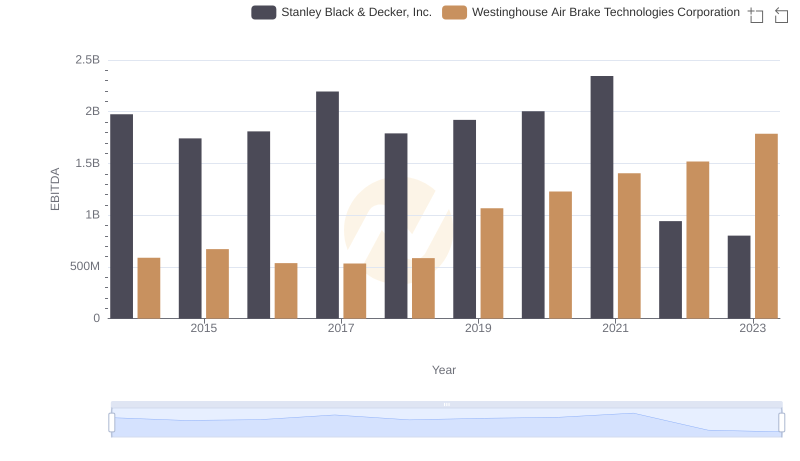
Westinghouse Air Brake Technologies Corporation and Stanley Black & Decker, Inc.: A Detailed Examination of EBITDA Performance